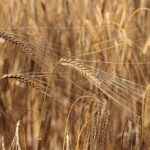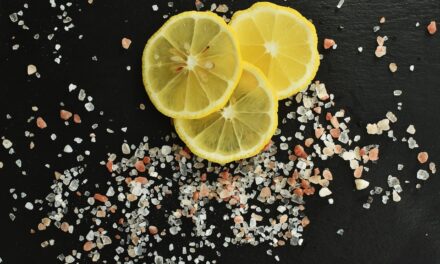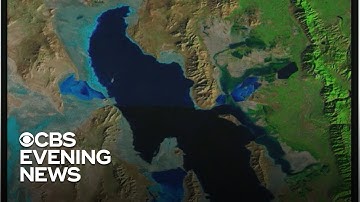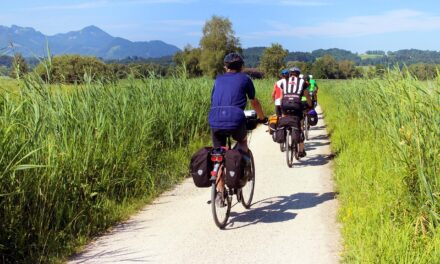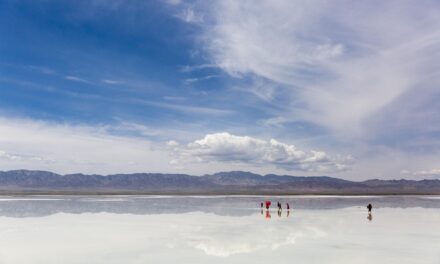Crop shifting and drought-resistant crops and Great Salt Lake explained
Crop shifting and drought-resistant crops, Great Salt Lake, etc…
The Great Salt Lake Needs Our Help!
Have you ever noticed how a puddle disappears on a hot day? That’s because the sun’s warmth makes the water evaporate, just like it’s happening to the Great Salt Lake! Climate change is making the sun hotter, so the lake is losing more water than ever before.
Think of the Great Salt Lake as a giant playground for all sorts of amazing birds and animals. It’s also a giant air filter, keeping our air clean. But without enough water, the lake can’t support all of its amazing creatures and it won’t be able to keep our air fresh.
We can all help the Great Salt Lake! Just like turning off the faucet while brushing our teeth saves water, there are lots of ways we can conserve water at home and in our communities. Let’s work together to keep this amazing lake healthy for future generations!
The Great Salt Lake: A Thirsty Story
TL;DR The Great Salt Lake is shrinking, and it’s a big problem. Climate change is making it hotter and drier, which means less water flows into the lake. This hurts wildlife, crops, and even the air we breathe. We need to save water, grow smarter, and work together to help the Great Salt Lake get back on its feet.
A Giant Thirsty: Understanding the Great Salt Lake’s Water Cycle
Imagine a big bathtub. The Great Salt Lake is like that bathtub, but much, much bigger! The water flowing into the bathtub is like the rivers and streams that feed the Great Salt Lake. The water leaving the bathtub is like the evaporation that happens when the sun heats up the water.
But there’s a problem. The bathtub isn’t getting filled up as much as it used to, and the water is evaporating faster. This means the lake is shrinking.
Why the Great Salt Lake is Running Dry
Climate change is making the Great Salt Lake thirstier: Think of it like this: when the sun gets hotter, the water evaporates faster, leaving less water in the lake. Climate change is making the weather hotter and drier, which means more water is evaporating from the lake.
We’re using too much water: Imagine you have a big pitcher of lemonade and you’re sharing it with a lot of people. If everyone drinks too much, the pitcher will run out quickly. The same thing is happening with the Great Salt Lake. People in Utah use a lot of water for things like farming and drinking, which leaves less water for the lake.
What Happens When the Lake Shrinks?
The Great Salt Lake is a vital part of the ecosystem: It’s like a big playground for birds and other animals, and it helps keep the air clean. When the lake shrinks, it’s like taking away the toys and making the playground smaller. Many birds lose their homes, the air gets worse, and the whole ecosystem gets out of whack.
The lake’s shrinking is also hurting the economy: The Great Salt Lake is important for tourism, fishing, and other industries. When the lake gets smaller, it hurts these businesses and makes it harder for people to make a living.
Saving the Lake: Taking Action
Water Conservation is Key: Just like turning off the faucet when you’re brushing your teeth saves water, there are lots of ways we can save water in our homes and communities. We can use water-saving appliances, water our lawns less often, and fix leaky pipes.
Growing Smart: Farmers can use new irrigation techniques that help water their crops more efficiently. We can also switch to drought-resistant crops that need less water to grow.
Policy Solutions: The government can create policies that help conserve water and protect the Great Salt Lake. This could include things like setting limits on how much water people can use and investing in water conservation projects.
The Active Climate Rescue Initiative: A Beacon of Hope
The Active Climate Rescue Initiative is working to solve the Great Basin water supply shortages. They’re working to help people use water more efficiently, and they’re also looking at ways to restore the natural water cycle. They are a great example of how individuals and organizations can come together to protect our environment.
Summary: A Call to Action
The Great Salt Lake is a precious resource facing a serious threat. Climate change, coupled with our water usage habits, has led to a shrinking lake that harms wildlife, air quality, and our local economy. It’s time to act. By conserving water, implementing smart farming practices, and supporting initiatives like the Active Climate Rescue Initiative, we can help the Great Salt Lake recover and thrive. Every drop counts, and every effort makes a difference.
More on Crop shifting and drought-resistant crops…
- ## SEO Keywords: Crop Shifting & Drought-Resistant Crops
- crop shifting for drought resistance
- drought-tolerant crops
- drought-resistant crop varieties
- climate-smart agriculture
- water-efficient farming practices
- sustainable agriculture
- crop rotation for drought resilience
- drought stress in agriculture
- irrigation management for drought
- drought-resistant crop breeding
- genetic engineering for drought tolerance
- climate change adaptation in agriculture
- drought monitoring and forecasting
- drought mitigation strategies
- agricultural resilience to drought
- crop diversification for drought
- drought-resistant seed varieties
- dryland farming techniques
- water conservation in agriculture
- drought-tolerant livestock breeds
- ## SEO Keywords: Great Salt Lake
- Great Salt Lake water level
- Great Salt Lake salinity
- Great Salt Lake ecosystem
- Great Salt Lake restoration
- Great Salt Lake pollution
- Great Salt Lake dust storms
- Great Salt Lake brine shrimp
- Great Salt Lake bird habitat
- Great Salt Lake recreation
- Great Salt Lake conservation
- Great Salt Lake environmental issues
- Great Salt Lake water use
- Great Salt Lake watershed
- Great Salt Lake history
- Great Salt Lake tourism
- Great Salt Lake facts
- Great Salt Lake research
- Great Salt Lake photography
- Great Salt Lake art
- Great Salt Lake events
- ## SEO Keywords: Intersection of Both Topics
- drought-resistant crops for the Great Salt Lake
- crop shifting to conserve Great Salt Lake water
- impact of drought on the Great Salt Lake
- agriculture and the Great Salt Lake ecosystem
- water conservation for the Great Salt Lake and agriculture
- sustainable farming practices for the Great Salt Lake
- drought-resistant crop research for the Great Salt Lake
- Great Salt Lake and climate change impacts on agriculture
- restoring the Great Salt Lake through agricultural practices
- agricultural solutions for Great Salt Lake water conservation


